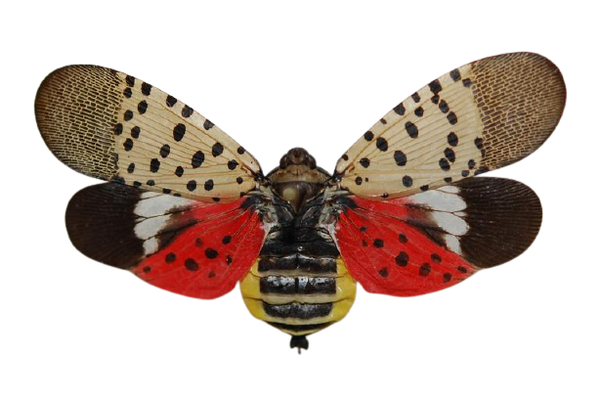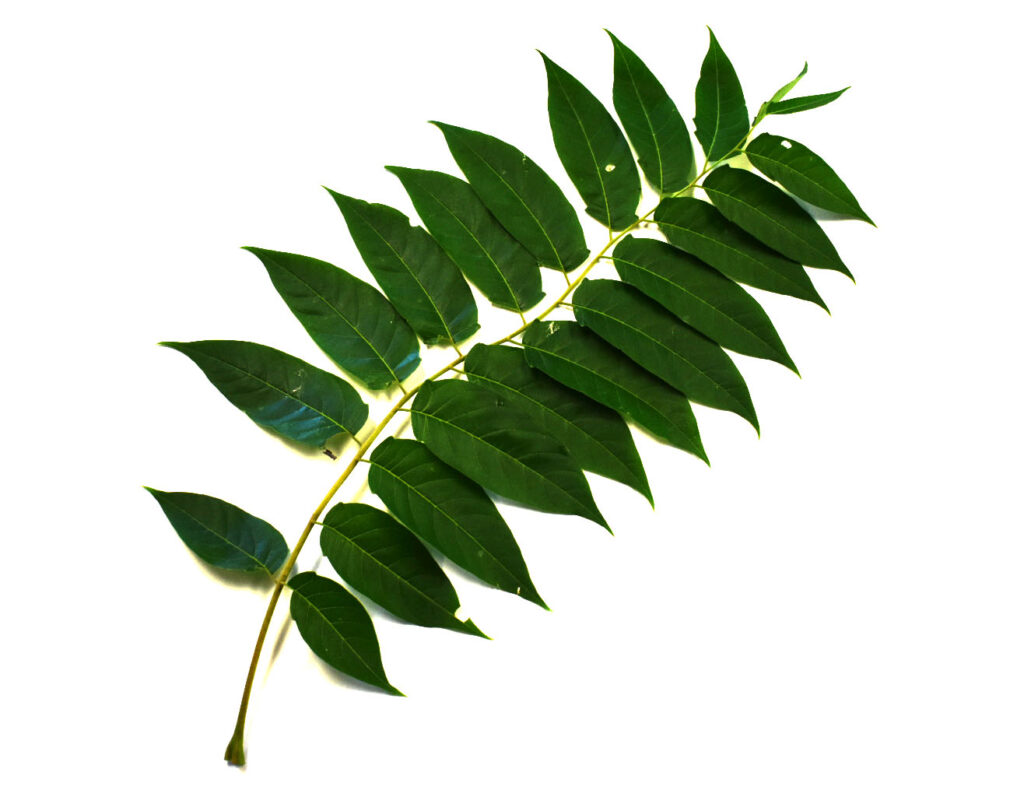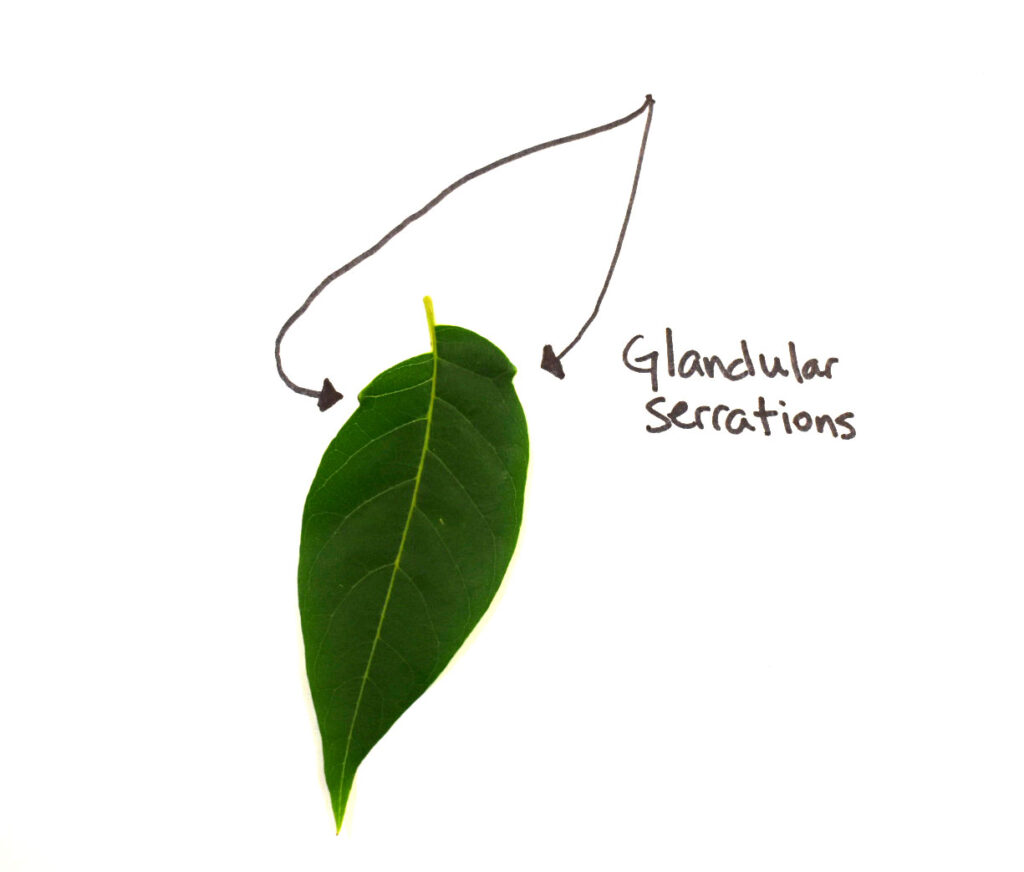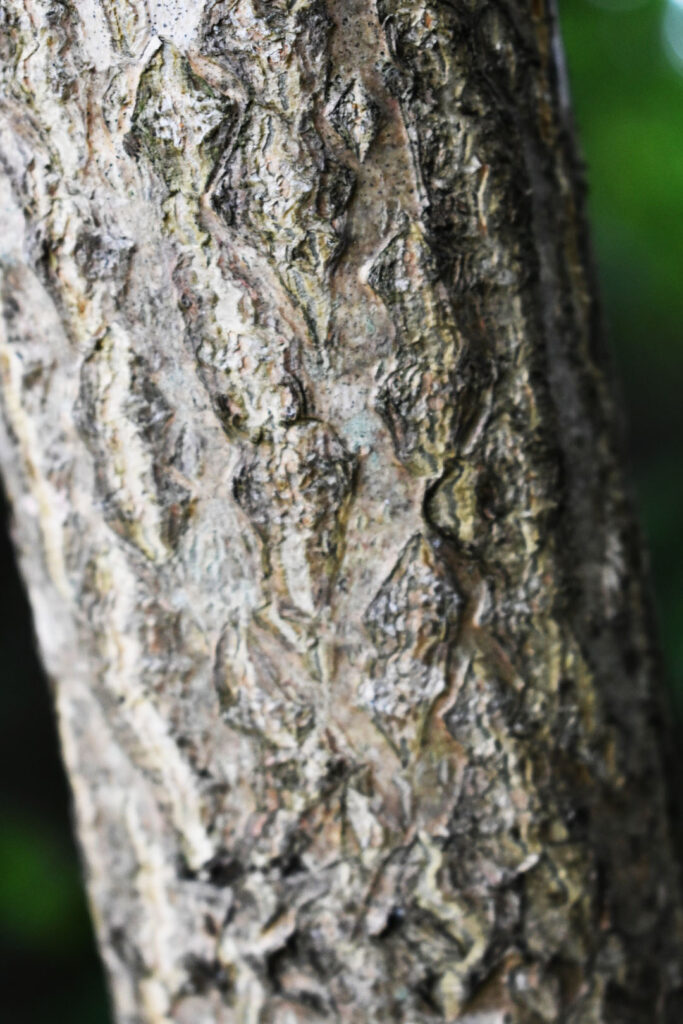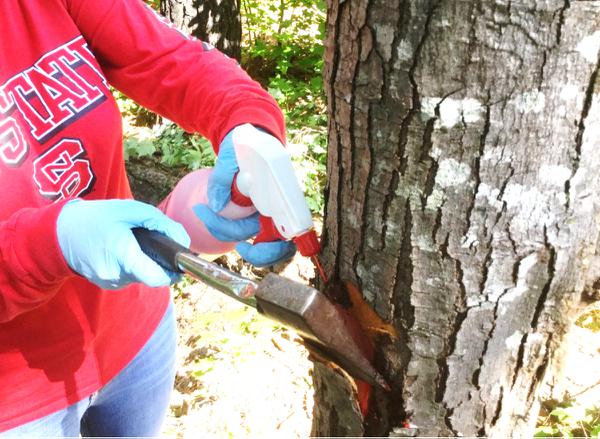Invasive Plant BOLO: Tree-of-Heaven
go.ncsu.edu/readext?1084633
en Español / em Português
El inglés es el idioma de control de esta página. En la medida en que haya algún conflicto entre la traducción al inglés y la traducción, el inglés prevalece.
Al hacer clic en el enlace de traducción se activa un servicio de traducción gratuito para convertir la página al español. Al igual que con cualquier traducción por Internet, la conversión no es sensible al contexto y puede que no traduzca el texto en su significado original. NC State Extension no garantiza la exactitud del texto traducido. Por favor, tenga en cuenta que algunas aplicaciones y/o servicios pueden no funcionar como se espera cuando se traducen.
Português
Inglês é o idioma de controle desta página. Na medida que haja algum conflito entre o texto original em Inglês e a tradução, o Inglês prevalece.
Ao clicar no link de tradução, um serviço gratuito de tradução será ativado para converter a página para o Português. Como em qualquer tradução pela internet, a conversão não é sensivel ao contexto e pode não ocorrer a tradução para o significado orginal. O serviço de Extensão da Carolina do Norte (NC State Extension) não garante a exatidão do texto traduzido. Por favor, observe que algumas funções ou serviços podem não funcionar como esperado após a tradução.
English
English is the controlling language of this page. To the extent there is any conflict between the English text and the translation, English controls.
Clicking on the translation link activates a free translation service to convert the page to Spanish. As with any Internet translation, the conversion is not context-sensitive and may not translate the text to its original meaning. NC State Extension does not guarantee the accuracy of the translated text. Please note that some applications and/or services may not function as expected when translated.
Collapse ▲Ailanthus altissima (Tree-of-Heaven)
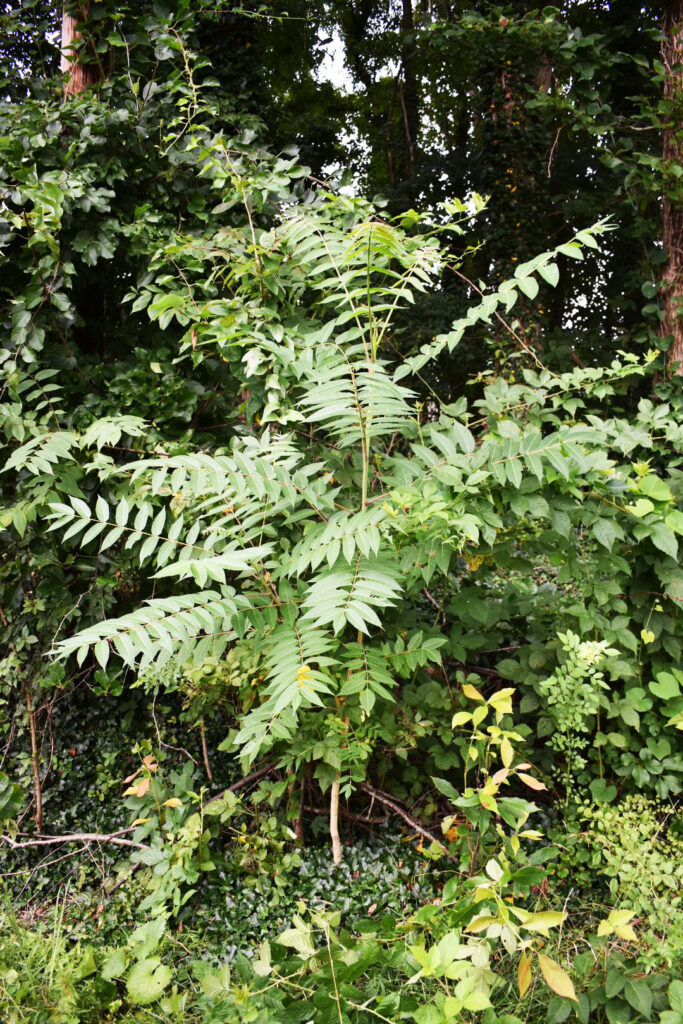
Tree-of-Heaven can reach heights of up to 80′ tall but is often short and shrubby in the landscape.
Photo Credit: Adam Coulter
Tree-of-Heaven is a common invasive plant across the southeast, including here in WNC. Tree-of-Heaven was first introduced in the United States as an ornamental tree specimen in the landscape trade around the late 1700’s. It is native to southeastern Asia, and is commonly found in a wide range of habitats along streambanks, ditches, urban areas, and forested peripheries.
Ecologically, Tree-of-Heaven is invasive due to its ability to quickly displace native vegetation. Its tenacity and seediness make it particularly aggressive and prone to take over quickly. Tree-of-Heaven is dioecious, meaning plants are either male or female, with female plants being able to produce over 300,000 viable samara-structured seeds per growing season that can drift in wind or water to other nearby sites. Tree-of-Heaven produces allelopathic chemicals that are exuded from the roots, leaves, and stem tissue preventing other plants surrounding it from establishing themselves. This provides an advantage for Tree-of-Heaven to dominate in the areas where it is present.
The Spotted Lanternfly Connection
Tree-of-Heaven serves as an important host of the invasive insect species known as spotted lanternfly. Spotted lanternfly poses a huge risk to vineyard, fruit crops, nursery crops and forested areas. These insects feed on the vascular tissue of a wide variety of woody plants causing decline, dieback, and in crops without control measures in place, substantial yield reductions. Recently, a new population of spotted lanternfly was spotted in Caldwell County, marking the first time a breeding population was discovered in WNC. Removal of Tree-of-Heaven is critical in preventing the establishment of this damaging pest across our region. For more resources on spotted lanternfly, including what to look out for and how to report potential sightings, visit our website.
Identification
Tree-of-Heaven is a deciduous tree that can grow up to 80’ but is often smaller in size. Leaves are pinnately compound and can be 2-4’ long with 20-40 leaflets that smooth or entire margins with glandular serrations at the base of each leaflet.
Bark is smooth and greyish in appearance with prominent leaf bud scars that can be present on the trunk and stem tissue. Stems can easily be broken with a brown pith present that smells similar to burnt peanut butter. This is a very unique identifying characteristic.
Tree-of-Heaven looks similar to other native trees in the landscape including Black Walnut, and Sumac; however, these trees all have serrated margins whereas Tree-of-Heaven has smooth entire margins on the leaflets.
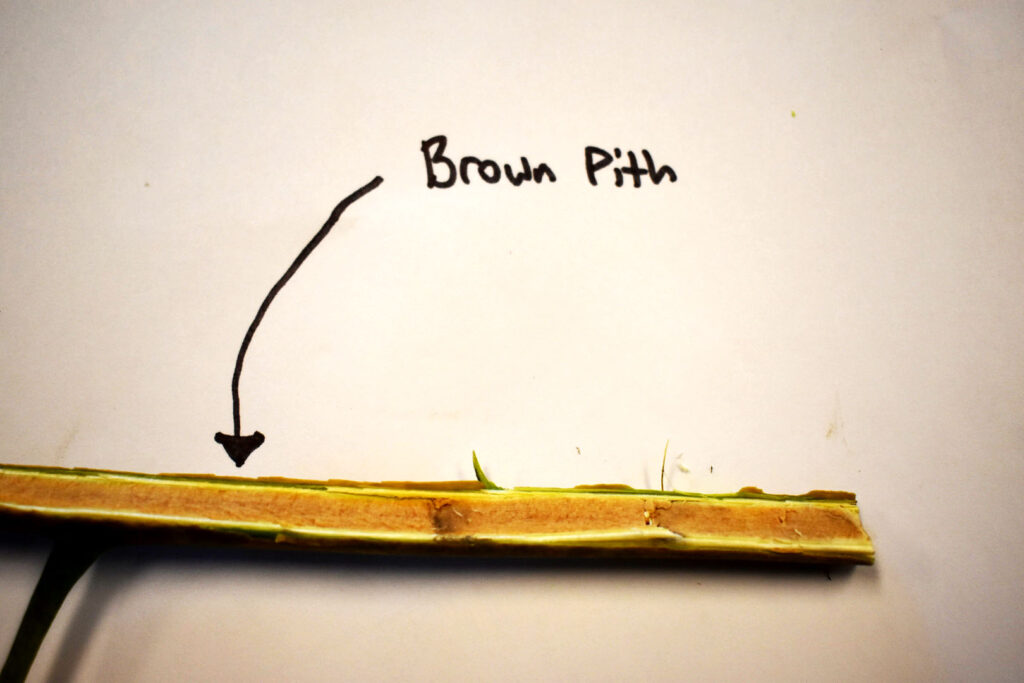
Tree-of-Heaven has a thick brown cuticle that smells like burnt peanut butter.
Photo credit: Adam Coulter
Control
If Tree-of-Heaven is caught early enough as a small seedling, one can achieve some success by pulling seedlings up mechanically. Be sure to get as much of the root tissue as possible (since seedlings can generate from small root fragments left behind).
Tree-of-Heaven is best controlled by using chemical treatment combined with specific spray strategies. Recommended strategies include the hack-and-squirt method where downward angle cuts are made on four sides of the trunk, 1” apart along the first foot of the trunk measured from the ground up. For smaller trees, those with a diameter smaller than 3”, the best method is to apply a basal bark spray on the bottom portion of the trunk (typically the first foot of the tree, sprayed on all sides).
Recommended chemicals include systemic herbicides triclopyr or glyphosate. While there are other chemicals that can provide control, these two herbicide products have shorter residual life in the soil and can minimize impacts seen to native vegetation in the area if sprayed properly. Spray timing is critical! Be sure to spray during mid-summer into early fall, when fall color starts to be seen, to maximize treatment of root tissue. There are no silver bullets in the control of tough invasive plants, but active and consistent management can lead to the reduction of populations over time. This could mean that multiple sprays will be needed to obtain optimal control over established Tree-of-Heaven populations.
Important Note: Do not utilize cut-stump treatments with Tree-of-Heaven! Many invasive plant chemical control strategies for other invasive plants advise that the plant in question should be cut at the ground with herbicide painted onto the cut stump portion of the plant. With Tree-of-Heaven, there are auxiliary buds that can be present in the trunk as well as adventitious shoots that can occur in root tissue stimulated by being cut. These new plants can pop up over 25’ away from the plant in question. By cutting the stump, one can exacerbate the problem and create many suckers that need treatment rather than just one established plant.
Be mindful of drift when using any herbicide product and always follow pesticide label directions! It is important to understand how to use a product safely, and where you can use that product. Note that in certain sites, like aquatic sites, right-of-way, or forested areas, products have to be specifically listed for use in those areas in order to utilize the herbicide. If you have questions about product recommendations or how to manage Tree-of-Heaven, reach out to your local county Extension office to receive guidance. For more information about invasive weed management, visit our website and learn more as invasive plant BOLO’s are published.
Resources:
Tree-of-Heaven Invasive Forest Pests Factsheet- NC State Extension
Tree-of-Heaven Factsheet- PSU Extension
Spotted Lanternfly Factsheet- NC State Extension
Invasive Plant Management: Forming a Game Plan After Helene- NC State Extension





